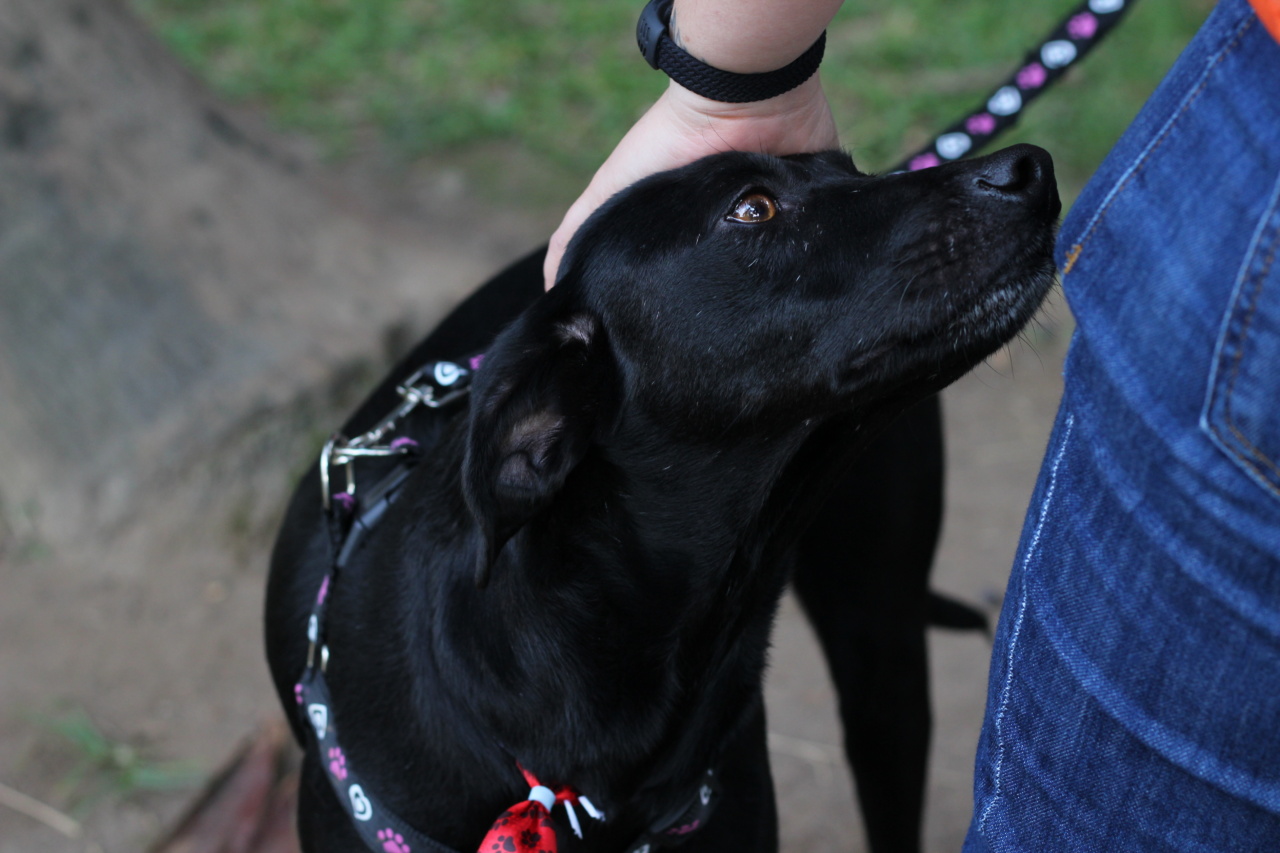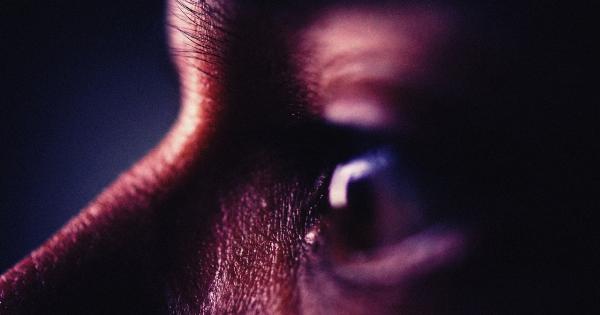When it comes to detecting cancer, humans have long relied on medical professionals and advanced technology to diagnose this deadly disease.
However, recent studies have revealed that organisms as small as bugs and dogs may possess an innate ability to identify cancerous cells. In this article, we will dive into the fascinating world of cancer detection and explore whether bugs or dogs have the upper hand in this crucial task.
1. The incredible sense of smell in bugs
Bugs, such as fruit flies and bees, have an astonishing sense of smell that rivals even the most skilled canine. Researchers have found that these tiny creatures can detect the unique odor signatures associated with various diseases, including cancer.
By training bugs to identify specific scents, scientists hope to develop low-cost and efficient alternatives for cancer detection.
2. The power of canine noses
Dogs have been man’s best friend for centuries, but their olfactory abilities go beyond mere loyalty.
These furry companions possess an extraordinary sense of smell, with some breeds having up to 300 million scent receptors compared to our mere 5 million. Studies have demonstrated that dogs can be trained to detect particular types of cancer, like lung, breast, and colon cancer, by simply sniffing a patient’s breath, urine, or other bodily fluids.
3. Accuracy and reliability
When it comes to accuracy and reliability, both bugs and dogs have shown promising results in cancer detection.
4. Bugs: The pros and cons
4.1 Pros of bug detection:.
– Bugs are small and can be easily transported to various locations, making them accessible for cancer screening in remote areas.
– They have a short lifespan, which allows for quick screening processes and accelerated research.
– Bug detection methods are non-invasive and do not require invasive procedures for cancer diagnosis.
4.2 Cons of bug detection:.
– Bugs are limited in their ability to communicate their findings, making it challenging to determine the exact type and stage of cancer detected.
– Further research is needed to establish the accuracy and validity of bug detection methods.
5. Dogs: The pros and cons
5.1 Pros of canine detection:.
– Dogs have been successfully used in real-world scenarios, demonstrating their potential for widespread cancer screening.
– Canine detection methods are non-invasive and can be easily integrated into routine medical practices.
– Dogs have the ability to communicate their findings, making it easier for medical professionals to understand the nature of the detected cancer.
5.2 Cons of canine detection:.
– Dogs require extensive training, which can be time-consuming and costly.
– Not all dogs possess the necessary skills and aptitude for cancer detection, limiting the number of reliable canine detectors.
6. Current advancements and ongoing research
Scientists and researchers are continuously exploring new avenues to improve both bug and canine cancer detection methods.
They are investigating ways to enhance bug sensitivity to specific cancer odors and training more dogs to detect a broader range of cancers. Additionally, technological advancements such as electronic noses and breathalyzer tests may supplement or even replace bug and canine detection in the future.
7. Ethical considerations
Although bug and canine detection techniques show promise, certain ethical considerations must be addressed. Insect usage raises concerns regarding the welfare and well-being of these creatures.
Similarly, using dogs for cancer detection poses questions about their comfort and the potential impact on their mental and physical health.
8. The future of cancer detection
As our understanding of cancer and its detection methods evolves, it is crucial to explore all avenues that show potential, including bugs and dogs.
With ongoing research and advancements in technology, we may witness a future where bug and canine detection become integral components of cancer screening and diagnosis.
Conclusion
Bugs and dogs possess unique capabilities that open new doors in the world of cancer detection. While bugs are easily accessible and offer a non-invasive approach, dogs have a track record of successful cancer detection.
The future may hold a combination of these methodologies or advancements in technology that surpass both. As we continue to explore these options, one thing is certain: the fight against cancer requires all the help it can get, even from the smallest and furriest of creatures.



























